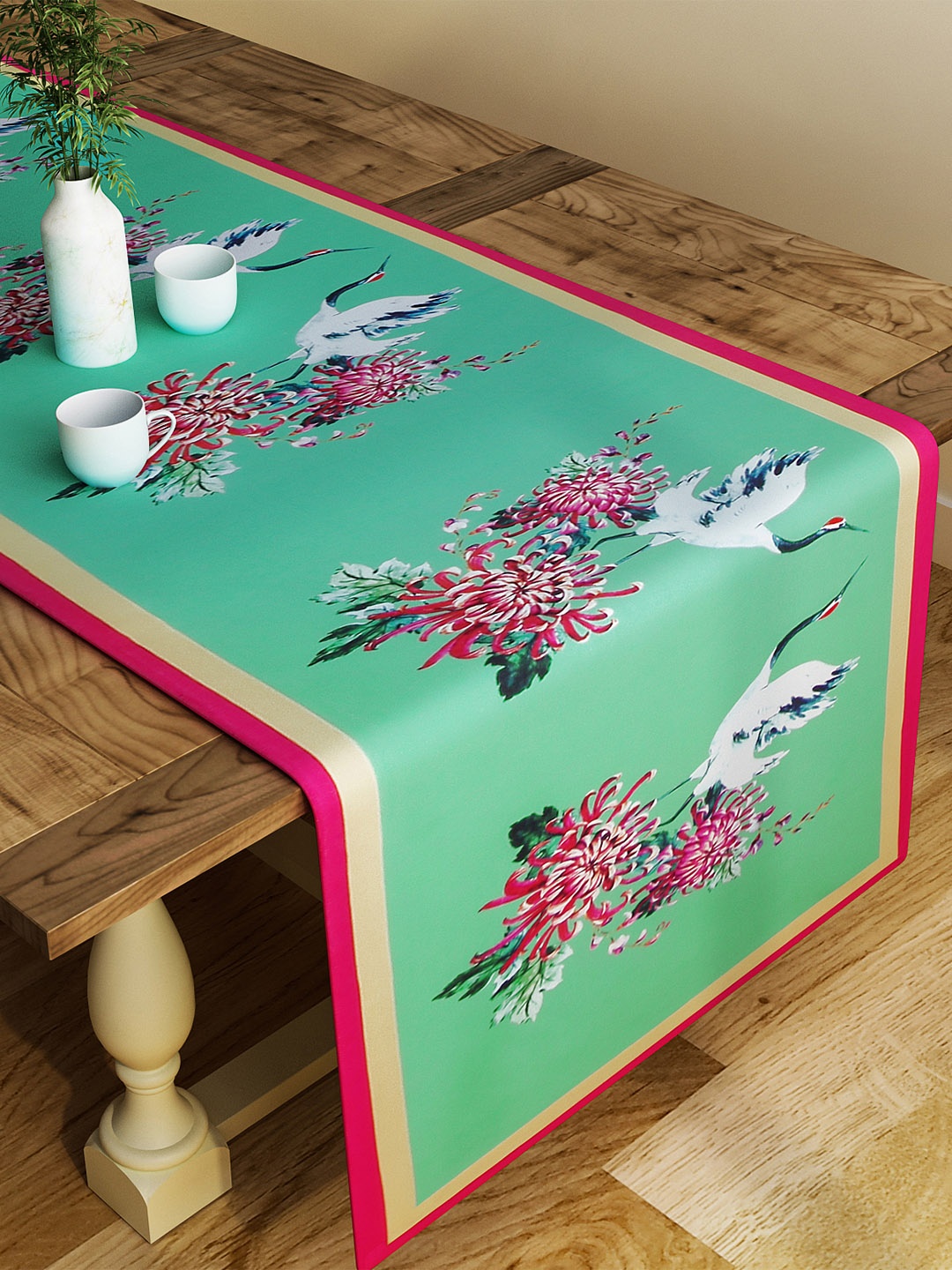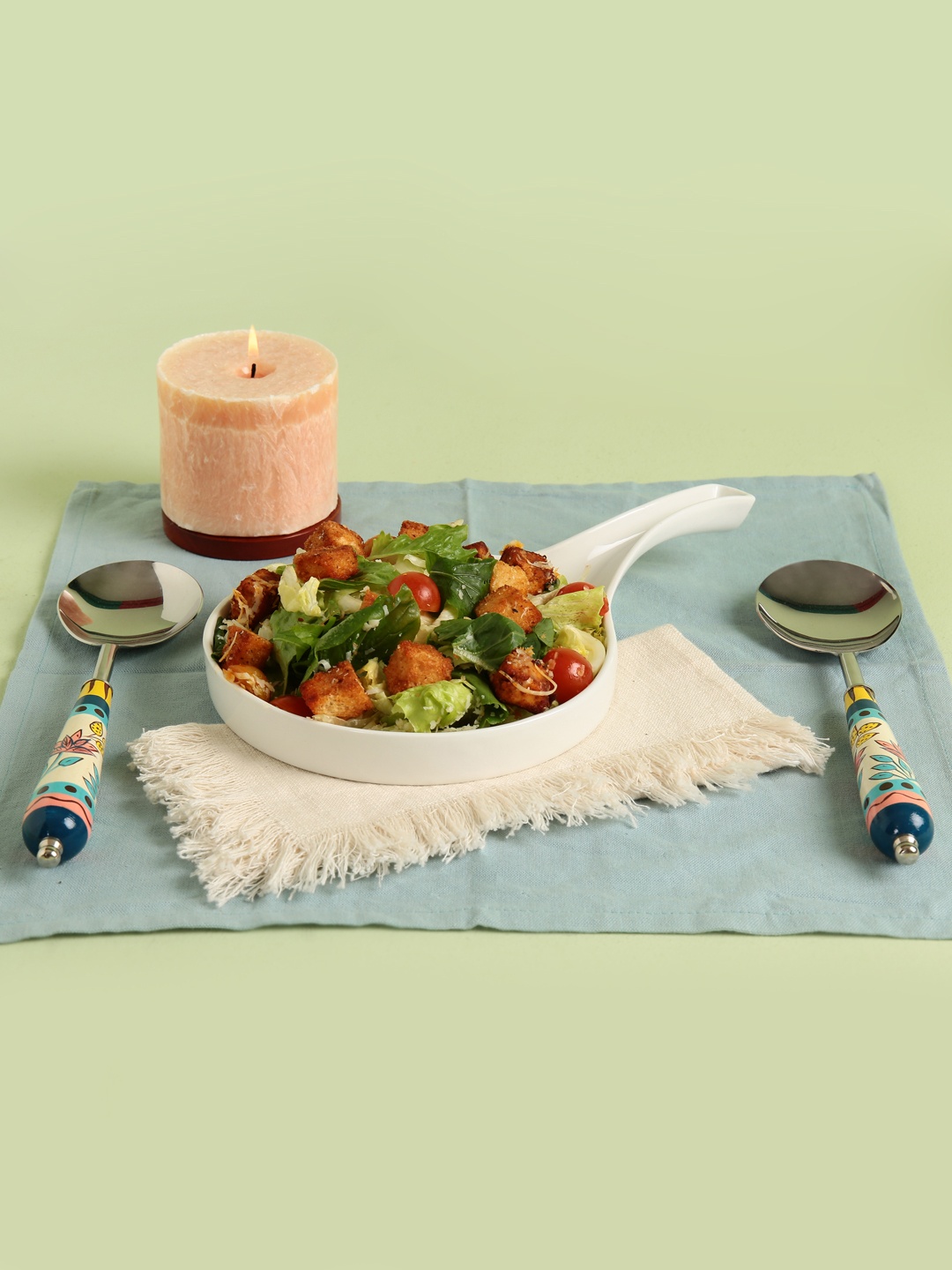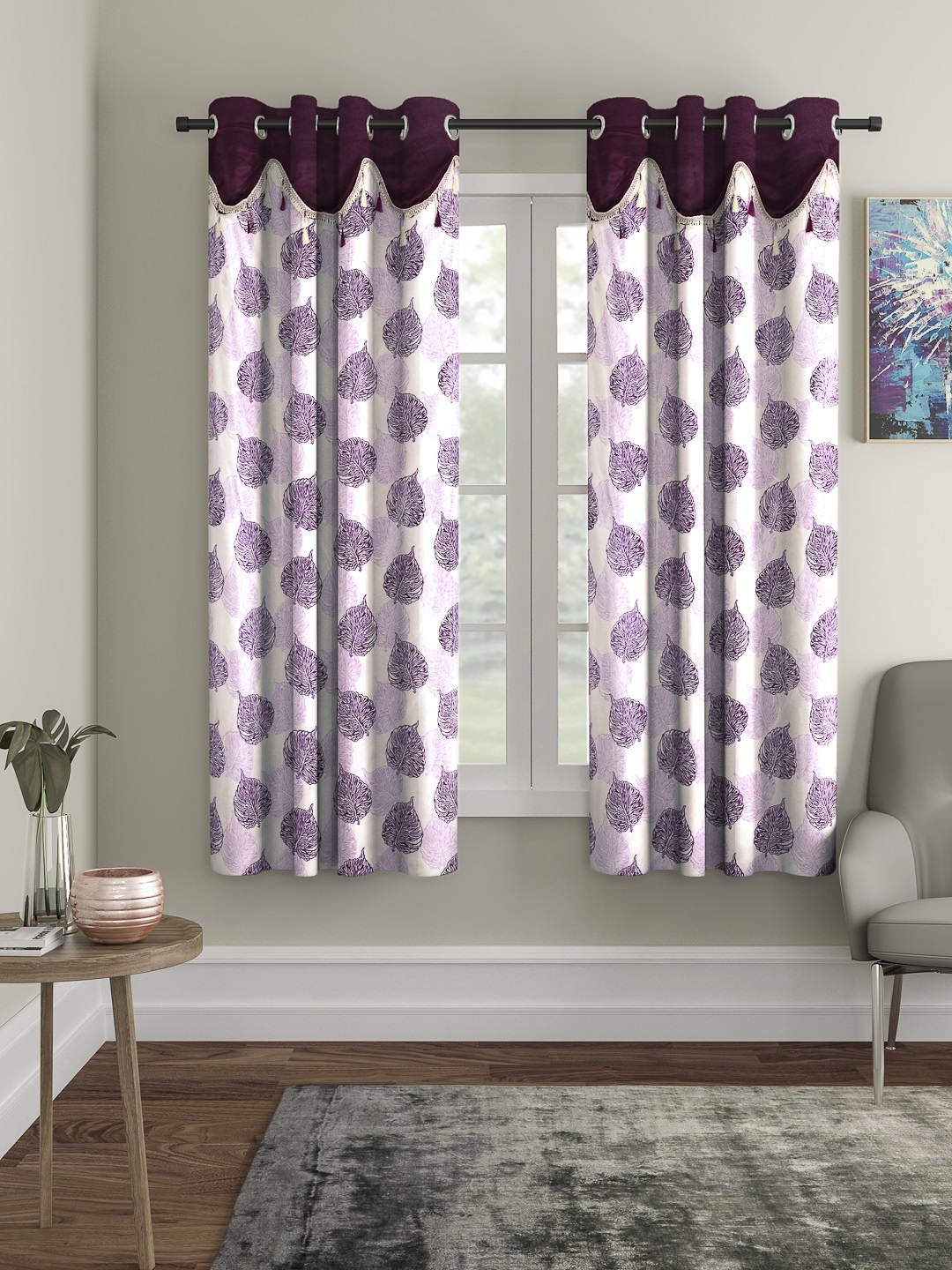Why Cushions Lose Shape Fast And How To Pick Ones That Do Not Sag: A Buying Guide
That favourite sofa in the living room may still look charming, but the cushions often tell a different story. Within months, they lose their shape. Let us explore the everyday mistakes and the smart choices that can help keep cushions soft. Here is why some cushions lose shape quickly and how to pick ones that stay plump.

Cushion Buying Guide: How To Pick Long-Lasting Cushions That Do Not Lose Shape.
Walk into any home, and the cushions almost always hold the silent story of family life. From evening tea with guests to late-night TV binges, they soak up more than just comfort, they carry the weight of time, habits, and sometimes even a careless jump from a child. But there's a curious thing most people notice: cushions, no matter how fluffy when bought, somehow lose their shape far too quickly. The plumpness of the cushions disappears, the fabric wrinkles, and the once-inviting seats begin to look tired.
The issue isn't just cosmetic; sagging cushions affect posture and comfort. Yet, the good news is that sagging isn't inevitable. Understanding why cushions lose shape, and how to choose and mix and match cushions that resist wear and tear, can make the difference between a sofa that looks worn in a year and one that stays inviting for a decade. Here is why some lose shape quickly and how to pick ones that stay plump.

Follow these simple tips to find the best cushions for your home; Photo Credit: Pexels
1. The Hidden Truth Behind Cushion Fillings
Most sagging starts with what's inside. Cushion fillings vary widely, from foam, polyester fibre, feathers, or a mix. Foam is firm at first but tends to lose resilience if it's of lower density. Fibre offers softness but often clumps and flattens with daily use. Feather cushions feel luxurious but demand constant fluffing, otherwise they collapse like deflated balloons. Cheap cushions often use a blend of synthetic fillers that compress easily, especially under humid conditions common in many parts of the country.
Imagine stuffing a pillow with cotton wool balls; it feels cloud-like for a while, but within months, they stick together, leaving hollow patches. That's exactly how low-quality fillings behave. Better options include high-density foam or memory foam, which bounce back after pressure, and hollow conjugate fibre, which retains structure far longer. In essence, what you sit on is as important as what you see outside. Investing in good filling material is the first step to keeping cushions firm.
2. Fabric Matters More Than You Think
While filling plays a major role, the fabric encasing the cushion also decides how long it lasts. Thin fabrics stretch, wrinkle, and allow fillers to shift unevenly. Over time, this results in sagging. Stronger fabrics such as heavy cotton blends, linen, or polyester mixes provide more resistance. Upholstery fabric, for example, is designed to withstand constant sitting, unlike decorative cushion covers meant only for light use.
Humidity is another enemy of cushion longevity. In cities like Chennai or Mumbai, where moisture hangs in the air, fabrics absorb dampness, making fillers inside clump and compress. Breathable fabrics that wick away moisture can help prevent this problem. Choosing a fabric with a tighter weave not only resists sagging but also handles daily wear, spills, and even the occasional food crumb a lot better.
The thumb rule? A sturdy outside keeps the inside in check. Just like a good pair of jeans, a tough fabric might feel a bit firm at first but softens gracefully while holding its shape for years.
3. Everyday Habits That Flatten Cushions
Cushions don't sag overnight; our everyday habits often speed up the process. Sitting in the same spot every day creates uneven pressure. That favourite corner seat by the window, for instance, begins to sag much faster than the unused side of the sofa. Children jumping on cushions may look playful, but the fillings inside cry for mercy. Even leaning heavily on armrests compresses the foam faster than expected.
Another unnoticed habit is how cushions are cleaned. Many people wash covers often but forget the inserts. If fillers are never shaken or fluffed, they settle into flat layers. Similarly, exposure to direct sunlight day after day weakens both fabric and filling, causing early wear.
A little change goes a long way, rotating cushions every week, fluffing them while dusting, and occasionally placing them in shade to air out can extend their life. Like rotating tyres in a car, balancing cushion use prevents sagging in one spot while keeping comfort uniform.

Make sure to fluff the cushions after each use to prevent them from getting flat; Photo Credit: Pexels
4. The Role of Cushion Density
Density determines how well a cushion supports weight and bounces back. Low-density foam feels soft at first but sinks quickly. High-density foam cushions may feel firm, but they hold their shape even after years of regular use. For example, foam with a density rating above 32 kg/m³ is considered durable for seating. Lower ratings often mean the cushion will start losing shape within a year.
Think of density like the difference between cotton candy and a laddoo. Both are sweet, but one collapses instantly while the other holds firm no matter how long it sits on the plate. Cushions with higher density create a similar effect, they may not feel instantly plush, but they provide long-term comfort and maintain structure.
When buying new cushions, asking about density isn't a luxury, it's a necessity. Many retailers may not volunteer this information, but insisting on knowing ensures you bring home cushions that don't flatten under everyday use.
5. Cushion Covers and Zippers: Small Details, Big Impact
A simple detail often overlooked is whether a cushion has a removable cover. Cushions stitched shut trap dirt and dust inside, which eventually clogs the fibres and weighs them down. Covers with zippers make maintenance easy, wash the cover, fluff the filling, and put it back. This keeps the cushion fresher and helps maintain shape.
Zippers also allow adjustments. If the filling loses fluffiness over time, extra material can be added, saving the cushion from a premature end. Imagine a sofa set that cost ₹40,000; replacing an entire set because of sagging cushions feels wasteful, while topping up the filling for a few hundred rupees can restore it like new.
Even the type of cover material matters. Stiff fabrics may trap fillings in awkward lumps, while slightly flexible covers allow even distribution. These small details, often ignored in excitement while shopping, play a large role in how long cushions look and feel good.
Also Read: 5 Handpicked Cushion Covers For Your Boho Home Makeover
6. Climate and Its Sneaky Influence
The climate one lives in quietly influences how cushions behave. In hot, dry areas, foam tends to crack and crumble faster. In damp regions, fillings absorb moisture, making them heavier and prone to clumping. Dust and air pollution also affect cushions more than most people realise. Tiny particles settle inside fabrics, adding weight and reducing bounce.
Consider a cushion left in a room with no ventilation during monsoon. Within weeks, it feels heavier, smells musty, and no longer feels as springy. To counter such climate effects, materials like siliconised fibre, treated foams, or moisture-resistant fabrics work better. Regular airing, using dehumidifiers, and keeping cushions out of direct moisture can protect their life.
Climate-proofing cushions is rarely talked about, but it makes a significant difference. After all, the best material will still struggle if it isn't suited to the weather it faces daily.

Place cushions in a well-ventilated room to prevent them from developing a smell; Photo Credit: Pexels
7. The Psychology of Cushion Shopping
Most people choose cushions based on colour, design, and how soft they feel when pressed lightly in a showroom. But that's like buying shoes only by looking at the shine, ignoring the sole. A quick squeeze in the shop rarely reveals how a cushion will behave after months of constant sitting.
Retailers often dress up cushions to appear fluffier, extra filling, tight covers, or artful display. At home, the same cushion feels flatter and less supportive. Shoppers also get carried away by trendy prints, forgetting that the real investment lies inside. Just as one checks the thread count while buying bedsheets, checking cushion specifications, density, filling type, and cover quality, should be standard practice.
Smart shopping means seeing beyond the showroom glitter. Asking the right questions may feel fussy at the moment, but when that ₹2,500 cushion still looks plump after three years, it feels worth the effort.
8. Maintenance Rituals That Extend Cushion Life
Like plants that thrive with watering and pruning, cushions also need small acts of care. Fluffing them daily prevents fillers from settling. Shaking them once a week redistributes stuffing evenly. For fibre-filled cushions, exposing them to mild sunlight for an hour occasionally keeps them fresh and odour-free. Foam cushions benefit from being stood on their sides now and then, allowing them to decompress fully.
Vacuuming is another underrated habit. Dust settles invisibly and compresses cushions slowly. Using a vacuum cleaner once a fortnight keeps fillings free from extra weight. Similarly, washing removable covers in mild detergent, instead of harsh chemicals, prevents fabric from thinning early.
These rituals may sound simple, but they work like magic over time. A sofa with cushions maintained regularly looks and feels better even after a decade, compared to one neglected despite having expensive fillings.
9. Cost Versus Value: Is Paying More Worth It?
Cushions come in a wide price range, from ₹500 roadside finds to ₹5,000 branded pieces. Naturally, the temptation to save money is high, especially when the design looks just as pretty. But the difference often lies in unseen quality. A cheaper cushion may need replacing within a year, while a pricier, well-made one could last five years or more.
It's the same as buying footwear. A low-cost pair may look stylish but wear out in a monsoon, while a slightly more expensive brand keeps feet safe and dry season after season. Cushions work the same way, better foam, treated fabrics, and durable stitching cost more but return value in longevity.
Instead of buying cheap cushions every year, investing once in higher-quality pieces saves money in the long run. It also saves the hassle of sagging, re-stuffing, or replacing entire sets frequently. Comfort, after all, has its own value.

Invest in high-quality cushions that last longer rather than buying cheap ones frequently; Photo Credit: Pexels
10. Choosing Cushions That Do Not Sag
So, how does one finally pick cushions that hold their shape? A few golden rules make the task easier. Look for cushions with high-density foam or memory foam. Choose fabrics with tight weaves, preferably those designed for upholstery. Ensure covers are removable with sturdy zippers. Check if the cushion feels slightly firm rather than overly soft, it softens with use but stays resilient longer.
Don't shy away from asking the shopkeeper about the filling type and density rating. Rotate and fluff cushions regularly once at home. If the weather is humid, opt for moisture-resistant materials. For heavy use, consider hybrid cushions, foam at the core with fibre wrapping, which combines firmness with softness.
Ultimately, the right cushion isn't just about matching sofa colour. It's about marrying comfort with durability, ensuring that every evening spent lounging feels just as good as the first day the sofa arrived.
Products Related To This Article
1. JDX White 5 Pieces Square-Shaped Microfibre Pre-Filled Cushions
2. Aura White 5-Pcs Striped Microfiber Cushion Pillow Filler
3. Kuber Industries Pink 2 Pieces Rose Shaped Pre-Filled Cushions
4. Homerz 5-Pcs White & Blue Printed Durable Cushions
5. SH Creation and Handlooms Printed Yellow Square Cushions
Cushions are small but mighty players in a home's comfort. They carry the weight of everyday living, literally and figuratively. Yet, most sagging isn't a mystery; it stems from poor filling, unsuitable fabric, careless habits, or uninformed shopping. By understanding these factors, one can make wiser choices.
The secret to lasting cushions lies not in replacing them often but in choosing and caring for them well. With a little awareness and regular maintenance, sagging can be delayed, comfort can be preserved, and that sofa in the living room can remain the cosy spot everyone loves, year after year. Shop cushions online.
Disclaimer: The images used in this article are for illustration purpose only. They may not be an exact representation of the products, categories and brands listed in this article.








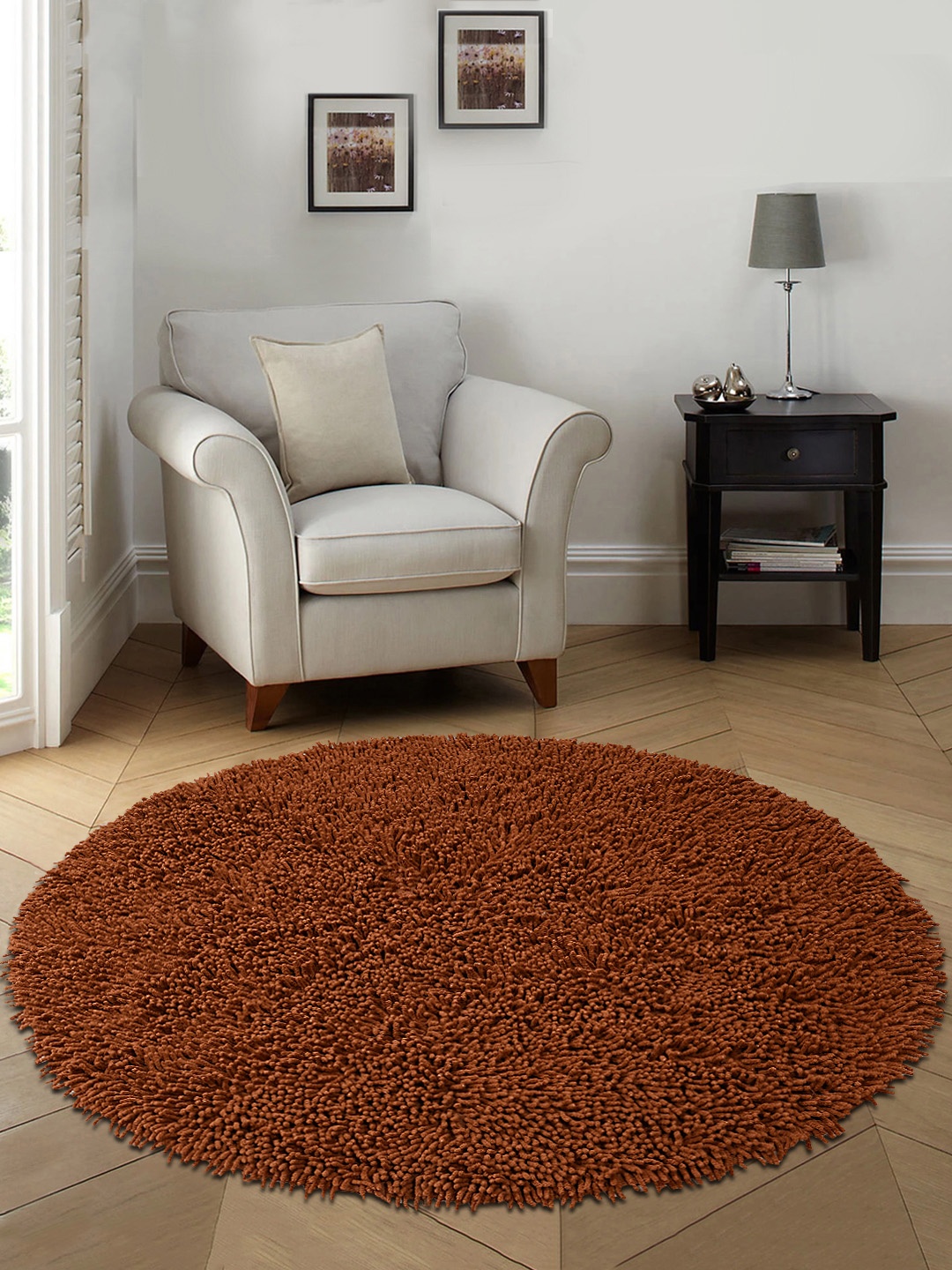




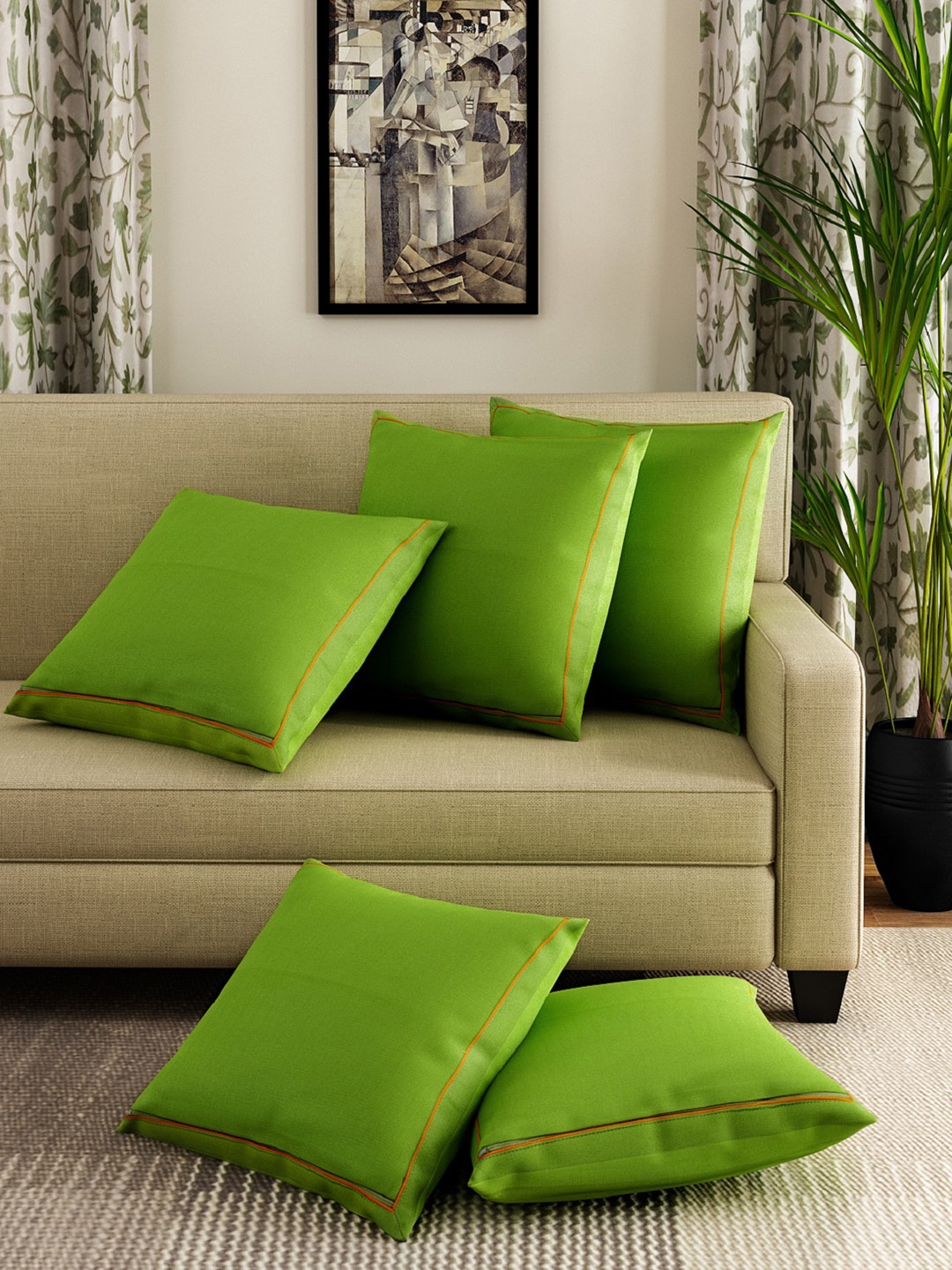

![Steam Iron Teflon Shoe Cover for ES-300,ST-96 [Only For ES-300 and ST-96 Model Electric Steam Irons]](https://m.media-amazon.com/images/I/51wwkttondL._SL160_.jpg)
